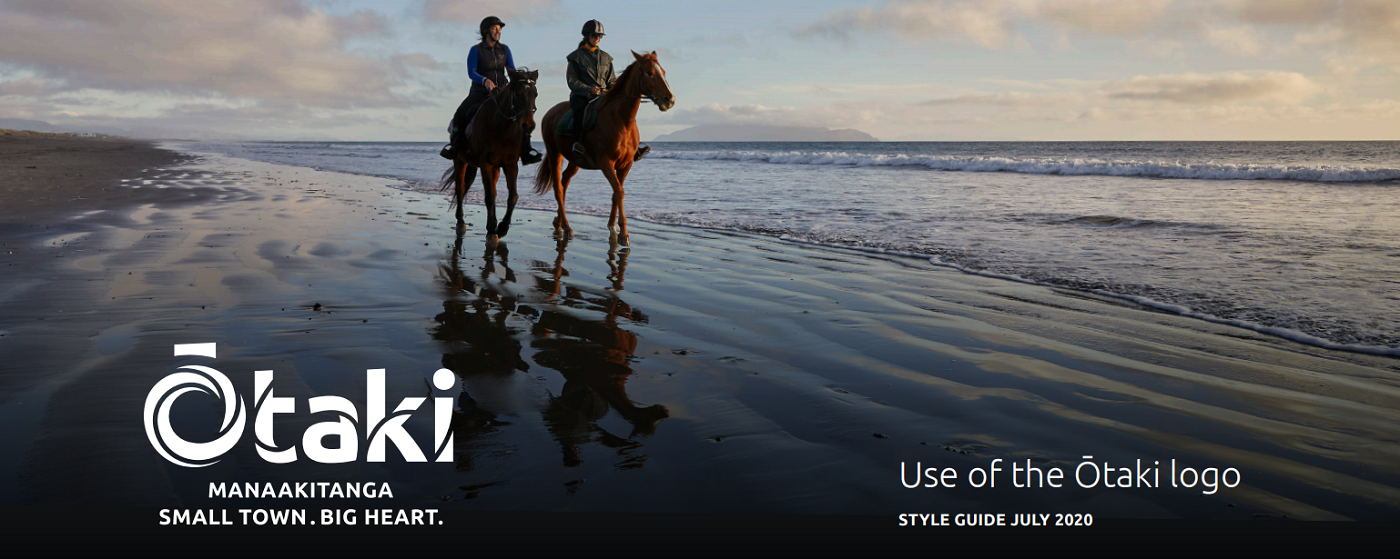
The loss of land and the negative impact of colonisation have been compared to the extinction of the huia bird at a recent Waitangi Tribunal hearing in Levin.
Angela Hayden (Ngāti Huia ki Poroutawhao) spoke specifically about the deep association between Ngāti Huia and “ngā manu huia”.
In her evidence, Angela outlined the cultural story of the huia, including its relevance in the Māori understandings of their origins. This highlighted its rank as a rangatira bird whose plumage was worn by chiefs. She spoke about those characteristics and why their eponymous ancestor was given the name the iwi now carries.
Angela said the huia became extinct in the early 1900s because habitat was destroyed, large-scale commercial greed and the failure of the Crown to protect the taonga.
An important chapter in the history of the bird and the hapū was the naming of a son of Lord William Onslow, New Zealand’s governor-general from 1889 to 1892. His second son was given the name Huia by Ngāti Huia ki Poroutawhao. Various gifts were exchanged including a gold watch, and a huge flag which was a Union Jack with the name of Huia.
Ngāti Huia assert through their evidence that they are “kaitiaki of te manu huia, even now after its extinction”.
Angela said the Crown’s action led to the huia’s extinction, and this had affected the hapū.
“We have felt grief and failure in term of our responsibility to protect this priceless taonga and special whanaunga.”
The hapū still suffers in terms of its mana tangata, mana whenua and mana wairua. Because of this and for several other reasons, the hapū is seeking official recognition as kaitiaki for te manu huia, and also the kōkako and the tieke. The two other birds were added because they were endangered, or in the South Island kōkako’s case, presumed extinct.
The recognition seeks the extension of kaitiakitanga to include a partnership in any proposed commercial use of “words, symbols and depictions of te manu huia”.
Panel members of the tribunal suggested many iwi throughout the country had a relationship with manu huia, but Angela said that through whakapapa, the manu is central to the identity of Ngāti Huia.
Ngāti Huia ki Horowhenua is part of the Ngāti Raukawa iwi confederation who have been presenting their treaty claims to the tribunal over the past three years.
Throughout the week the tribunal heard evidence from the hapū affiliated to Ngāti Huia ki Horowhenua, which includes Ngati Pareraukawa, Ngati Kikopiri, Ngāti Huia ki Poroutawhao, Ngāti Huia ki Matau, Ngāti Hikitanga, Ngati Hapahapai, and Ngāti Hikitanga. These groups all provided accounts of the Crown’s wrongdoing since the signing of the treaty.
At the hearing Dr Charles Te Ahukaramū Royal compared the extinction of the huia to the loss of rangatiratanga. He was speaking for his Ngāti Kikopiri hapū located at Ōhau. His summary ended by drawing comparisons between the extinction of the bird itself and the negative impacts of colonisation experienced by Ngāti Kikopiri.
“We can no longer hear our ancestor calling in the forest or sing about the loyalty of huia couples while witnessing that loyalty express itself before us,” he said. “The loss of mana and the loss of identity experienced by our people of Ngāti Kikopiri at the hands of Crown and its agents is poignantly and sadly symbolised by the loss of the huia.”
The next hearing week is scheduled for early March at Raukawa Marae in Ōtaki.
The confederation of iwi who occupy the Manawatū/Horowhenua/Kāpiti area are generally known as Ngāti Raukawa, or Ngāti Raukawa ki te Tonga to differentiate thems from their Ngāti Raukawa relatives who occupy the area around Tokoroa, Putaruru, Maungatautari and east towards the Kaimai/Mamaku Range. They comprise as well hapū of Ngāti Kauwhata, Ngati Tukorehe, Ngāti Wehiwehi, Ngāti Maniapoto and Ngāti Tūwharetoa. Ngāti Huia ki Horowhenua is a group of hapū belonging to Te Ngare o Huia who are a major grouping within the Ngāti Raukawa confederation. These iwi originally inhabited the southern Waikato area but migrated to the Manawatū/Horowhenua/Ōtaki area alongside Ngāti Toa, Te Āti Awa and other iwi during the early 19th century. These iwi represent an estimated 30,000 descendants who affiliate to 21 marae stretching from Bulls in the north-west and Te Reureu in the north-east to Ōtaki.
LATEST POSTS
- Concerts line up for rotunda
- No respite for ‘cone town’
- Trout spawn in Winstone Lakes
- Rāhui Rd next in line for road works
- ‘Monkey’ back to old tricks
- Ōtaki dominates awards night
- Sam risks all for Gaza
- High Court confirms iwi rights
- Heniti ‘proud to call Ōtaki home’
- Infrastructure works keep rolling on
- An ONZM for arts, sport, heritage
- Trappers aim for predator free Te Horo
- Deal puts teaching in iwi hands
- Te Horo hall wants land for car park
- Beach burglars pinch trailer and tools
- Toilet vandalism ‘tragic, sad’
- Fifty years for Ōtaki fire chief
- WRM vision celebrated after 50 years
- Idiots in cars’ block highway
- Oiroa Kaihau – a focused career soldier

